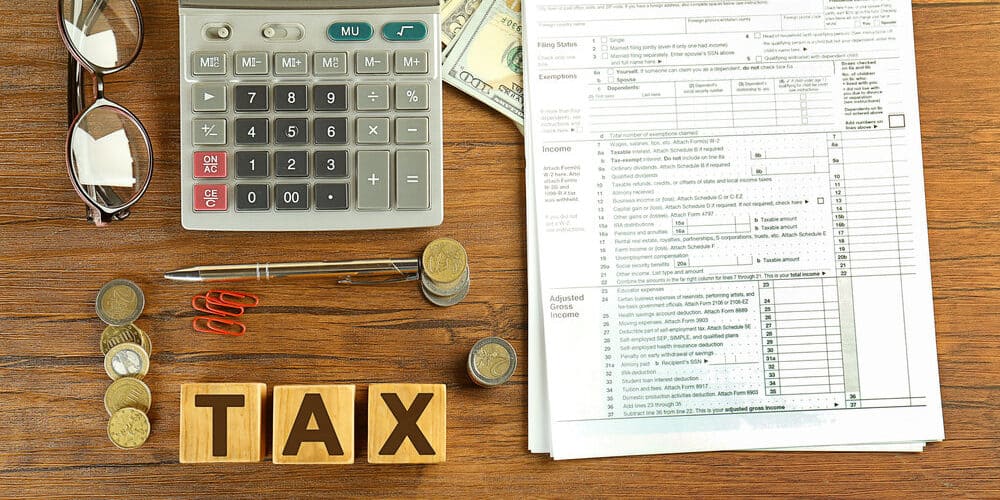
BY
|
Winding Up a Company: 10 Essentials Steps You Need To Take
When winding up a company, you must follow the correct process to ensure that your proprietary limited company has officially ceased to exist.
Without doing so, you are still obligated to perform regulatory reporting and incur fees on an annual basis. Furthermore, the company will be at risk for exposure to future liabilities that may fall due.
So, how is winding up a company done? What are the necessary steps? And what scenarios cause the need to be winding up a company?
This guide will explain to you both reasons for closing down a company as well as the necessary steps.
1. Insolvency
If your company can’t pay its debts on time, your lenders or suppliers may seek to put your business into insolvency to collect their debts from you.
The process includes an external administration of your business, specifically hiring a liquidator who will ensure that payments are fair to both the company and its creditors. Your insolvent company can then be closed down after liquidating the assets. The cost will vary depending on the size of the company.
2. Winding Up the Solvent Company
Even when your company’s assets still exceed its liabilities and the business is still trading, the business owner can decide to close the company down through voluntary liquidation.
A liquidator is also appointed to handle the liquidation of the company’s assets.
If there are extra assets after paying debts and other financial obligations, the surplus is distributed to the owners and shareholders. The business can then be closed down or sold. This option should only be taken if the company does not meet the requirements for voluntary deregistration. The cost will also vary depending on the size of the company.
You might also be interested in Choosing a Business Structure – Company or Trust
3. Voluntary Deregistration
You can choose to deregister the company as long as all the other owners and shareholders agree with it. Aside from everyone’s consent, a lawyer or accountant must also prepare the Members Resolution, a legal document that declares the company:
- Is not carrying on business;
- Has no more than $1,000 in assets;
- Does not owe any outstanding debts;
- Is not a party in any legal proceedings;
- Has paid all mandatory fees and penalties under the Corporations Act 2001; and
- If applicable, has cancelled its Australian Credit Licence (ACL) or Australian Financial Services Licence (AFSL).
The company must meet all of the above criteria to deregister the company voluntarily. This is generally the cheapest option out of the three as the only costs are for the application fee and preparation of Members Resolution.
For further details on winding up your company, you can check out the ASIC website.
Important Tasks Before Winding Up a Company
Regardless of the reasons for winding up a company, there are vital responsibilities you need to uphold. Below is a 10-step guide on how you can do this:
- Taking care of your employees. While you can, talk to them about the situation as soon as possible, it’s required by law to provide them with an official written notice. Most importantly, you need to provide them with any entitlements they may have and to finalise their employment before the business closes.
- Informing your suppliers. Notify them of the date that the company won’t need their services so that they can process any final billing to you and seek payments for any outstanding amounts you owe.
- Notifying your customers. Informing them will not just lessen their inconvenience but will also increase the chances of maximising your profit right before the closing of the business. Utilise as many communication channels as possible to ensure that most, if not all, of your customers, are notified of your closure. These include posting notices on your shop front, website and social media accounts. It’s also an excellent time to hold an inventory sale to sell off your stock.
- Ending lease agreements. In most cases, you will still need to pay your rent up to the end of your lease term. Thus, you might want to base your closing date to your lease term so you can maximise the use of your costs.
- Selling business assets. Aside from selling off your inventory, you’ll also need to sell other company assets like business vehicles, real estate, office furniture, fittings and fixtures, equipment and machinery, tools, intellectual property and all outstanding stock.
- Paying outstanding liabilities. You’ll want to make sure that your company won’t have any legal obligation once it closes. Besides, it’s a requisite, especially when you’re going through voluntary deregistration.
- Paying shareholders. If there are retained profits or excess cash in the business, they can be disbursed to the shareholders based on their stake in the company. The distribution can be adjusted if some shareholders are receiving other company assets.
- Lodging final tax returns and BAS with ATO. It’s important to finalise your tax issues before winding up a business by satisfying your payment obligations. You may also be able to seek refunds if you have credit in your final tax. You’ll also have to lodge your Business Activity Statements to help you finalise your report and payment for other related taxes such as Goods and Services Tax (GST) and Pay As You Go (PAYG) instalments.
- Cancelling other tax registrations. These include PAYG, GST, Australian Business Number, Luxury Car Tax, Cleaner Fuels Grant Scheme and Wine Equalisation Tax, among others.
- Keep business records. You, as the company owner or director, will still have an obligation to keep these records even after you close the business. These include financial records as well as employee and customer records. The number of years and the specific requirements to keep the records will depend on the industry you’re in and the record to be maintained.
You will still need to tie up other loose ends when winding up a company, such as:
- Cancelling any local permits/licenses
- Removing your website hosting and domain name
- Deactivating your social media accounts
- Closing your bank accounts, and
- Cancelling utility and other miscellaneous services
Key Takeaways
The tasks required in winding up a company may be as arduous as when you registered it.
Still, in the end, it will give you peace of mind knowing that your business has officially ceased to exist and you no longer have to deal with the responsibilities and obligations.
Whether you’re facing a situation that’s voluntary or involuntary in nature when winding up a company, it’s important to consult a qualified liquidator or accountant who can guide you through this process. Given that the majority of companies not only have responsibilities to its shareholders, it also has obligations to meet towards employees, suppliers and many other stakeholders.
Without the appropriate expertise in this field, companies and directors can find themselves in hot water if they don’t carefully ensure they meet all obligations before winding up the company.
If you need assistance, get in touch with Box Advisory Services for a free initial consultation to find out how we might be able to help you.
Disclaimer:
Please note that every effort has been made to ensure that the information provided in this guide is accurate. You should note, however, that the information is intended as a guide only, providing an overview of general information available to contractors. This guide is not intended to be an exhaustive source of information and should not be seen to constitute legal or tax advice. You should, where necessary, seek your own advice for any legal or tax issues raised in your business affairs.



